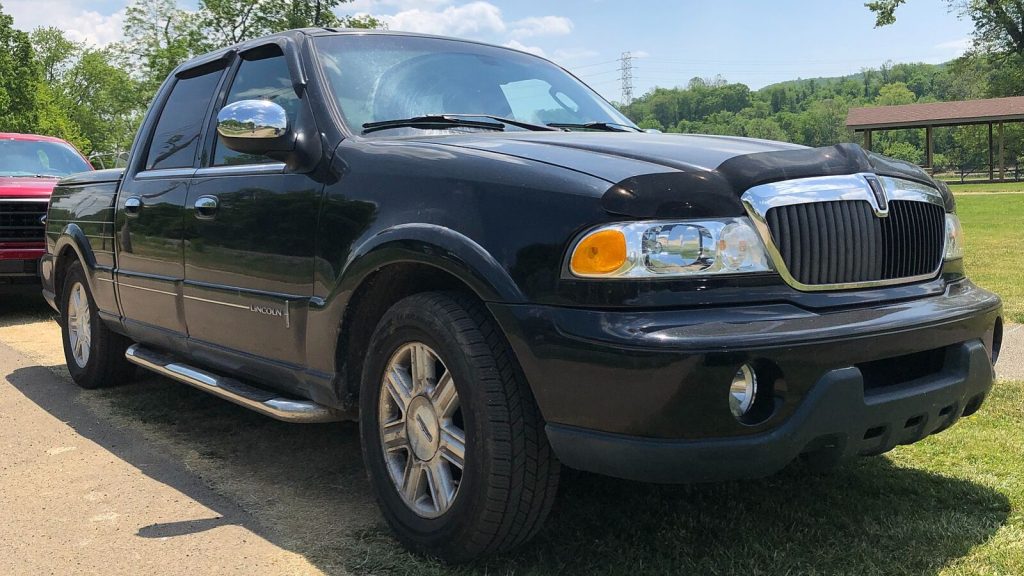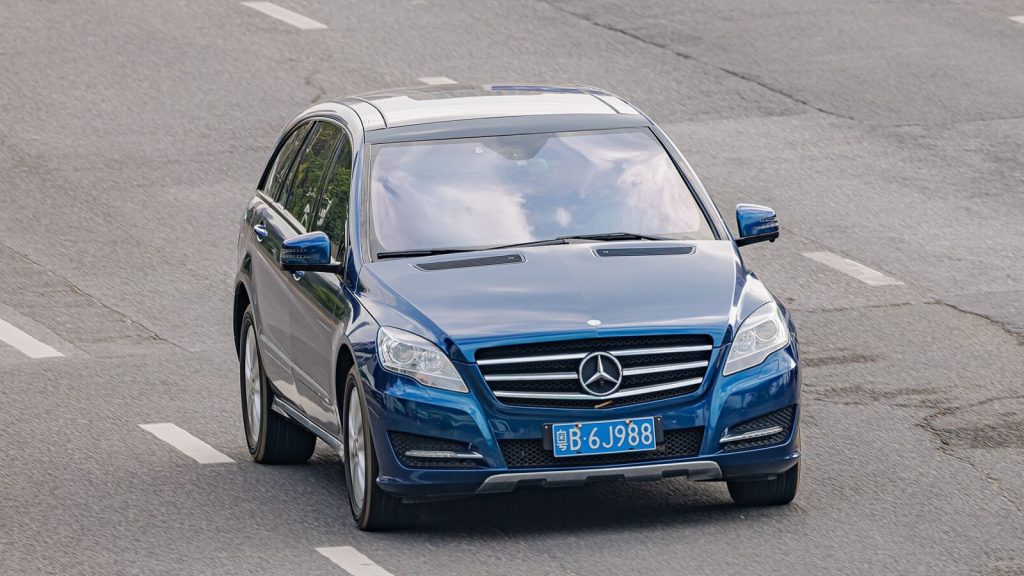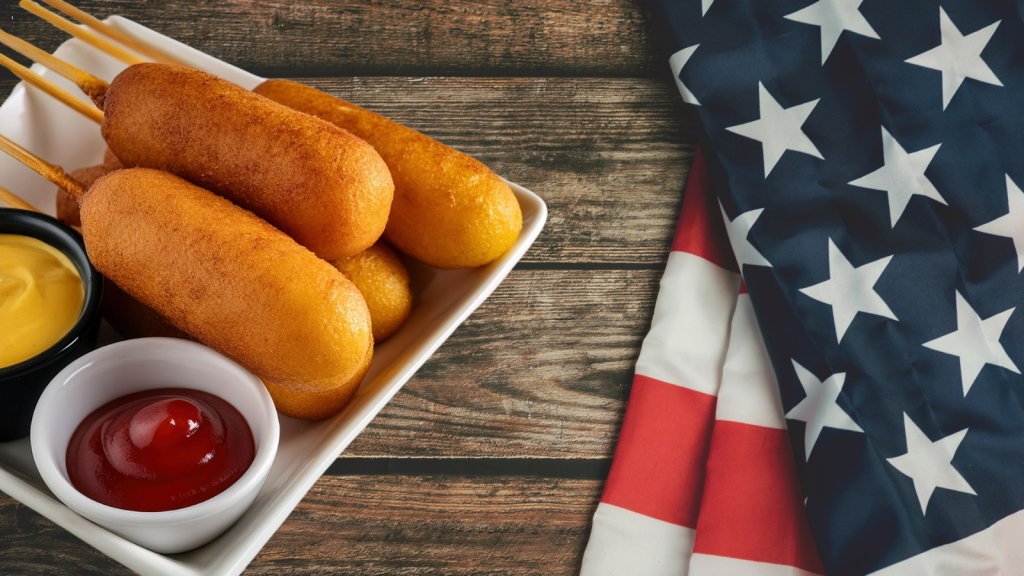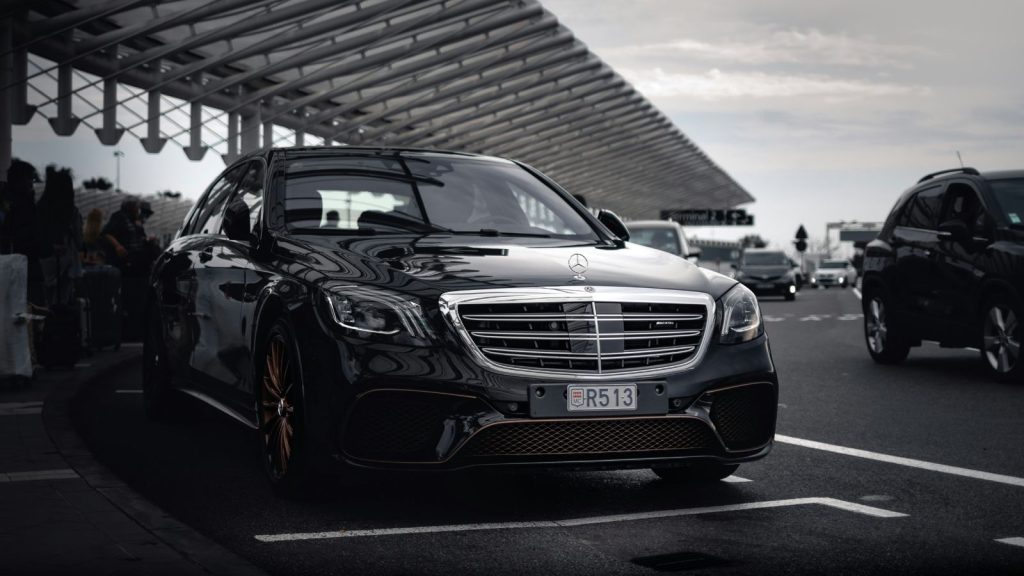Luxury cars are meant to be the pinnacle of automotive engineering and design. They promise comfort, performance, and prestige. But sometimes, even the most expensive and exclusive motors miss the mark. Whether it’s dodgy reliability, questionable styling, or just plain poor value for money, these posh motors have earned the ire of drivers and critics alike. From overpriced lemons to overhyped disappointments, here’s our rundown of the 16 most loathed luxury cars ever to hit the road.
1. Cadillac Cimarron

The Cimarron was Cadillac’s misguided attempt to compete with small European luxury cars. In reality, it was little more than a tarted-up Chevrolet Cavalier with a hefty price tag. This rebadging disaster fooled no one and tarnished Cadillac’s reputation for years. The Cimarron’s 1982 base price of $12,181 was nearly double that of its Chevrolet cousin, yet it offered little additional luxury to justify the cost.
2. Lincoln Blackwood

Ford’s attempt to create a luxury pickup lasted just one model year. The Blackwood’s tiny, carpeted bed with power tonneau cover was useless for actual work. Its high price and limited practicality made it a laughing stock among truck enthusiasts. Adding insult to injury, the Blackwood was only available with rear-wheel drive, limiting its appeal in the truck market where 4×4 capability is often crucial.
3. BMW X6

The X6 kicked off the coupe-SUV trend, sacrificing practicality for questionable style. Its sloping roofline cuts into rear headroom and boot space, while its bulk makes it less nimble than a proper coupe. It’s a compromise that satisfies neither SUV nor sports car fans. Despite its critics, the X6’s commercial success has spawned numerous imitators, much to the chagrin of automotive purists.
4. Maybach 57 and 62

Daimler’s attempt to revive the Maybach brand fell flat. Despite eye-watering prices, these ultra-luxury saloons were clearly based on the previous-generation Mercedes S-Class. Buyers expected more exclusivity and bespoke engineering for their million-pound outlay. The Maybach’s failure led to the brand’s discontinuation in 2013, only to be revived later as a sub-brand of Mercedes-Benz.
5. Aston Martin Cygnet

Aston Martin’s city car was essentially a Toyota iQ with a posh badge and leather interior. While it helped the company meet emissions regulations, the tiny Cygnet was a far cry from the sports cars Aston was known for. Many saw it as a cynical brand-diluting exercise. Despite Aston Martin’s best efforts, only about 150 Cygnets were sold in the UK before production ceased in 2013.
6. Jaguar X-Type

Jaguar’s smallest saloon was meant to take on the BMW 3 Series. Instead, its Ford Mondeo underpinnings were all too obvious. Despite the leaper on the bonnet, it never felt like a proper Jag, disappointing brand loyalists and newcomers alike. The X-Type’s all-wheel-drive system, standard on early models, added weight and complexity without providing much benefit to the average buyer.
7. Cadillac XLR

Based on the Chevrolet Corvette, the XLR was meant to be Cadillac’s halo car. However, its angular styling didn’t age well, and its performance couldn’t match European rivals. The astronomical price didn’t help, making it a rare sight even when new. The XLR’s Northstar V8 engine, while smooth, was less powerful than the Corvette’s LS2, further diminishing its performance credentials.
8. Mercedes-Benz R-Class

Neither fish nor fowl, the R-Class confused buyers with its minivan-like shape and premium price tag. It was too big to be a comfortable estate, yet lacked the versatility of a proper MPV. Mercedes quietly dropped it after years of sluggish sales. In a final attempt to boost its appeal, Mercedes even offered an AMG version, the R63, which remains one of the rarest and most unusual AMG models ever produced.
9. Lexus SC430

The SC430 replaced the sleek SC300/400 with a bulbous hardtop convertible. Its soft suspension and hefty weight made it more of a cruiser than a sports car. The cramped rear seats and small boot limited its practicality, disappointing those seeking a true grand tourer. Despite its flaws, the SC430 gained a peculiar claim to fame as the last car to come with a cassette player as standard equipment, holding onto this feature until 2010.
10. Lincoln Continental (2017-2020)

Ford’s attempt to revive the storied Continental nameplate fell short. While it had some interesting features like the 30-way adjustable seats, it failed to capture the magic of its predecessors. Its generic styling and front-wheel-drive platform didn’t help its luxury credentials. The Continental’s unique ‘suicide doors’ edition, introduced in 2019, was a nod to its iconic 1960s ancestor but wasn’t enough to save the model from cancellation.
11. Cadillac ELR

Based on the Chevrolet Volt, the ELR was Cadillac’s first plug-in hybrid. Its swoopy coupe styling turned heads, but its astronomical price (twice that of the Volt) and mediocre performance made it a tough sell. It lasted just two model years before being axed. The ELR’s failure was so complete that Cadillac reportedly sold just 2,697 units during its entire production run.
12. Rolls-Royce Camargue

Even Rolls-Royce isn’t immune to criticism. The Camargue’s awkward proportions and slab-sided styling were controversial when new and haven’t aged well. Its astronomical price made it the world’s most expensive car at launch, yet it offered little over the standard Silver Shadow. The Camargue was also the first Rolls-Royce to be designed by an outside firm, Pininfarina, which perhaps contributed to its departure from traditional Rolls-Royce aesthetics.
13. Maserati Biturbo

The Biturbo was meant to make Maserati more accessible, but it nearly destroyed the brand instead. Early models were plagued with reliability issues and build quality problems. Its boxy styling did little to evoke Maserati’s glamorous image. Despite its troubled reputation, the Biturbo platform served as the basis for Maserati models for nearly 20 years, evolving into more respected cars like the Ghibli II and Quattroporte IV.
14. Aston Martin Lagonda

The wedge-shaped Lagonda was a radical departure for Aston Martin. Its futuristic digital dashboard was ahead of its time but proved notoriously unreliable. The styling remains divisive, and maintenance costs are eye-watering even by Aston standards. The Lagonda was so complex that early models reportedly took 2,000 hours to build, contributing to its astronomical price and limited production.
15. BMW 5 Series GT

BMW’s attempt to blend saloon, estate, and SUV qualities resulted in an awkward-looking hatchback. Its high price and ungainly styling turned off traditional 5 Series buyers, while those wanting practicality gravitated towards the X5 SUV instead. The 5 Series GT’s complex dual-mode boot, which could open as either a saloon or a hatchback, added weight and complexity without providing much real-world benefit.
16. Jaguar S-Type

The retro-styled S-Type was meant to evoke Jaguar’s glory days, but it felt more pastiche than homage. Its Ford DEW platform underpinnings were obvious to drive, and early quality issues didn’t help. It never quite captured the grace and pace expected of a Jaguar. The S-Type R, with its supercharged V8, was a bright spot in the range, offering genuine performance credentials that helped redeem the model somewhat in enthusiasts’ eyes.
15 Worst British Cars That Were Truly A Nightmare to Own

Ever had a car that seemed more at home in the garage than on the road? You know, one of those vehicles that made every drive feel like a gamble—”Will we make it this time?” If that sounds familiar, you might find an old nemesis (or should I say, chassis?) on this list. Join me on a slightly exasperating, yet nostalgic journey as we revisit some of the most frustratingly unreliable British cars ever made.
Read More: 15 Worst British Cars That Were Truly A Nightmare to Own
16 American Foods Brits Can’t Stand

Food preferences can vary wildly across cultures, and what’s considered a delicacy in one country might be seen as downright bizarre in another. This cultural divide is particularly evident when comparing American and British cuisines. While the two nations share a common language, their tastes in food can be worlds apart. From overly sweet concoctions to processed cheese products, there are certain American foods that many Brits find hard to stomach.
Read More: 16 American Foods Brits Can’t Stand
17 Old Wives’ Tales That Are Actually True

Old wives’ tales have been passed down through generations, often dismissed as mere superstition. However, many of these age-old beliefs are rooted in truth. From health tips to weather predictions, these stories from the past can surprise us with their accuracy. Here are 17 old wives’ tales that are actually true.
Read More: 17 Old Wives’ Tales That Are Actually True
Katy Willis is a writer, master herbalist, master gardener, and certified canine nutritionist who has been writing since 2002. She’s finds joy in learning new and interesting things, and finds history, science, and nature endlessly fascinating.

